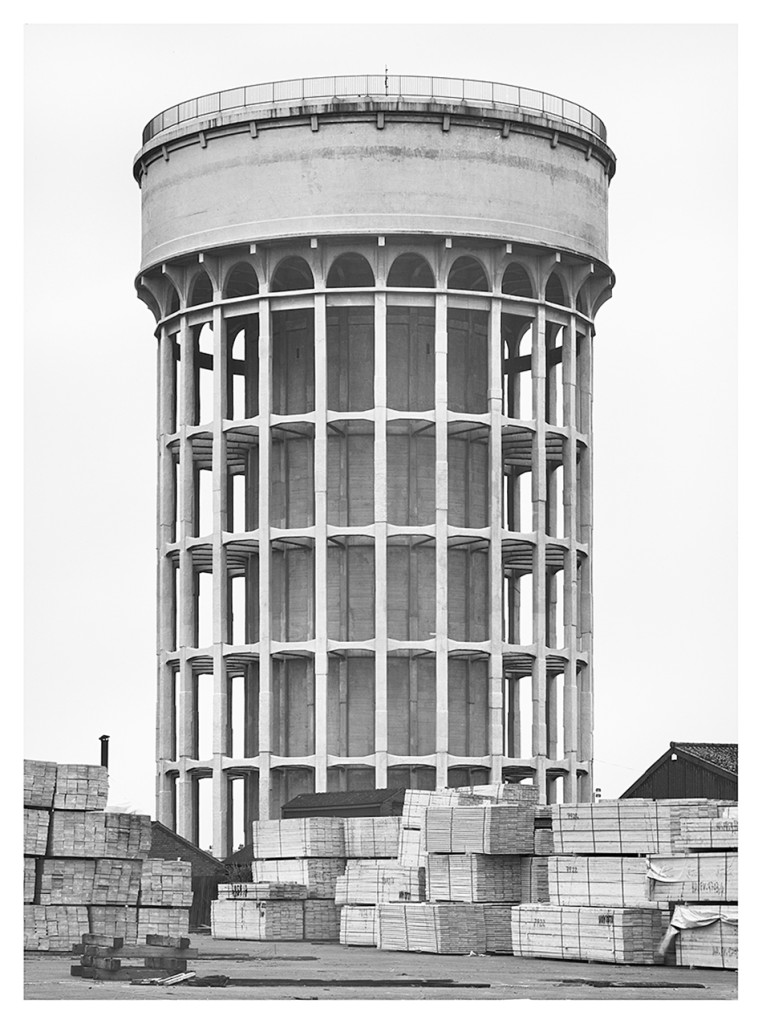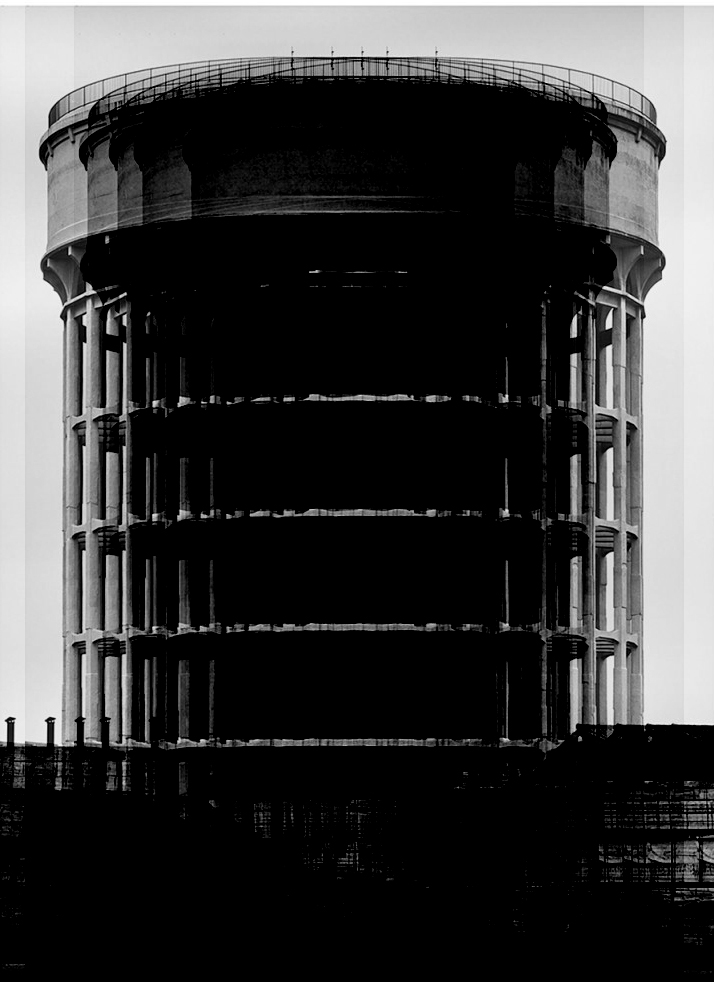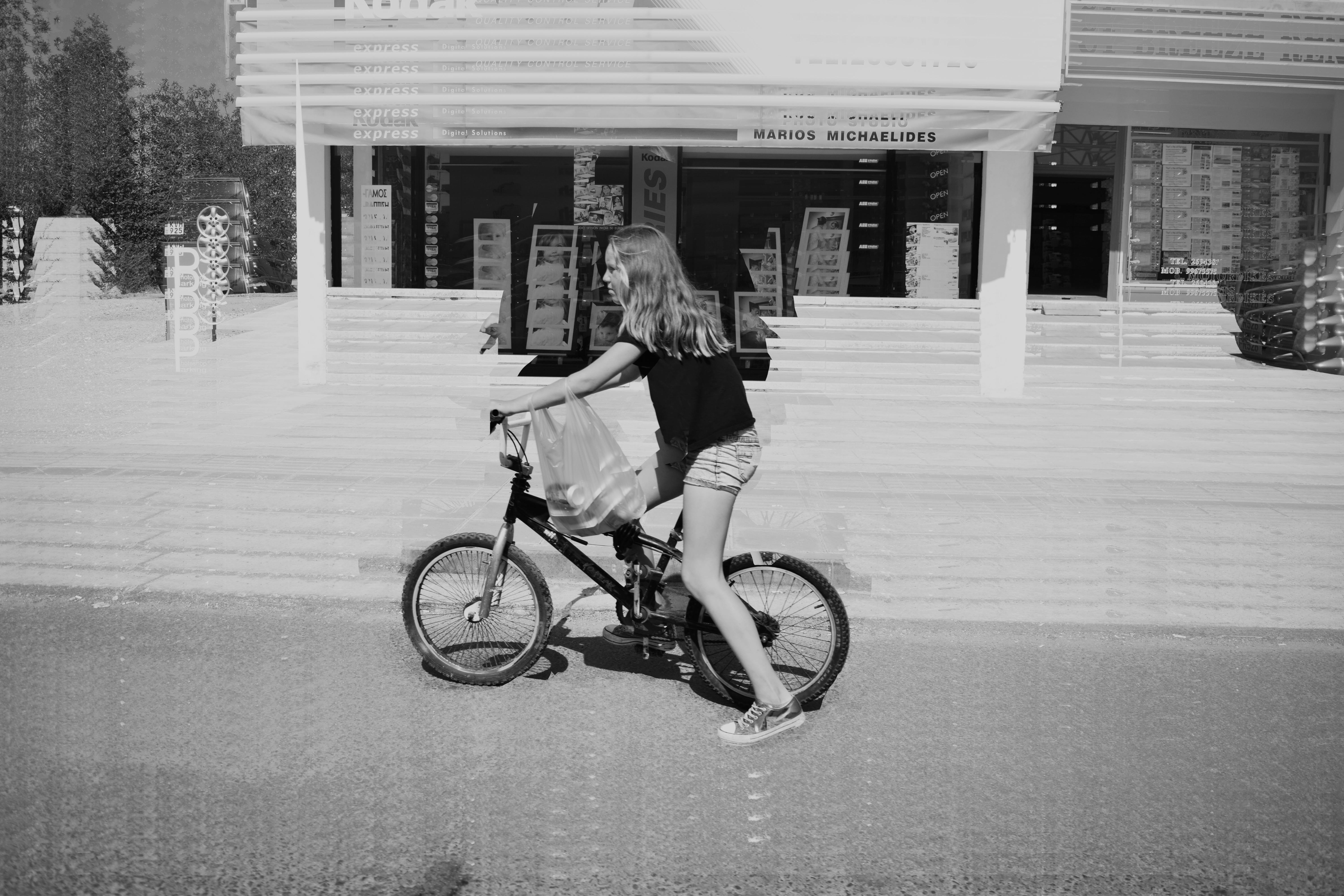// K E V I N R U S S //
“Born & raised in California, moved to Oregon, went to college, bought a camera, dropped out of college, hit the road..”
Kevin Russ is an american photographer in his 30s bringing life to a less conventional form of ‘professional’ photography. His images have a similar aesthetic to that of a medium format film camera however his equipment of choice is in fact an iPhone 5. Raised on the central coast of California, many of his artistic influences come from the natural settings around him which is visible in his work. May contain animals and he is quoted saying that he once spent seven hours with some bull moose in Colorado over the course of two days in order to gain enough trust to get close to them.

Marble Canyon, Arizona
The east side of The Grand Canyon turns north and becomes Marble Canyon. I took a couple day trips out there and you have to cross Indian reservation land to get there. I came across wild horses on the way both times which is always a bonus. It’s a great canyon because you can see the Colorado River below and you have complete solitude. No one around except the horses and me.
– Kevin Russ talking about his top three favourite images
 Although I won’t be using an iPhone for my own photography project, there are certainly points in Russ’ images which I will draw into my own work. The landscapes tend to have a clear line of sight and focus on bright contrasting colours which come from natural plant life, water and the juxtaposition of roads and man-made vehicles. Translating this, I will look at how I can use this style of framing to create similarly aesthetic images with my own subject matter. My images will also occasionally include people as well which is not something Kevin Russ photographs. The aspects of his work I am looking at therefore come from his natural landscapes and the way he frames each environment.
Although I won’t be using an iPhone for my own photography project, there are certainly points in Russ’ images which I will draw into my own work. The landscapes tend to have a clear line of sight and focus on bright contrasting colours which come from natural plant life, water and the juxtaposition of roads and man-made vehicles. Translating this, I will look at how I can use this style of framing to create similarly aesthetic images with my own subject matter. My images will also occasionally include people as well which is not something Kevin Russ photographs. The aspects of his work I am looking at therefore come from his natural landscapes and the way he frames each environment.

The aesthetic quality of his images come from the way Kevin Russ works with light in each frame. The set up is completely natural and so each of his compositions have to work around the way light hits a frame. In order to transfer some of these qualities to my own work, my ability to work with light in a similar way will be crucial. Nature plays a key role in his images and will have a similarly crucial part in my own project work. Though humans rarely feature in his work, it will be the landscapes making up the majority of the frames in each of my compositions.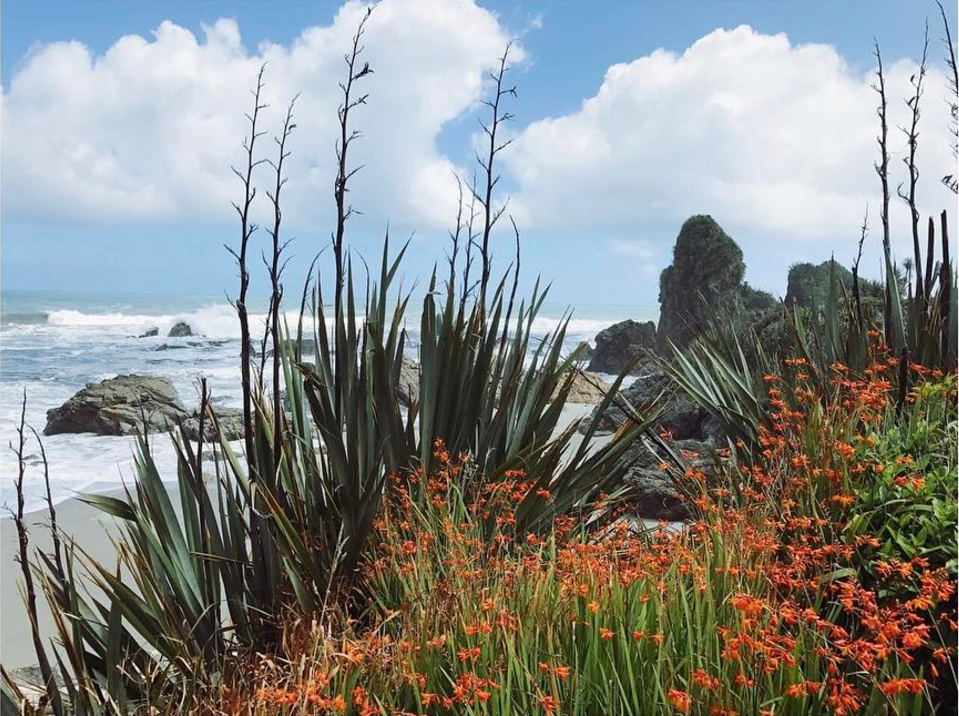 The image above features a mixture of two landscapes. You have the typical light-sanded beach scene in the background with bright greenery and red flowers in the foreground. The mixture of two environments forms a careful composition which matches colour with light and highlights the joining point between the landscapes. Arguably my interest in this image comes from the aesthetic quality of the flowers and the colour contrast between the blue sky and red plant life. With my own images, I will make sure to include elements of natural scenery to form a soft and possibly safe-seeming image. The point of the landscapes within this project are to show areas of the island we live in that people have emotional attachments to. For a lot of teenagers leaving the island, there are strong memories associated with certain places – in particular woods or beaches – which many have grown up in.
The image above features a mixture of two landscapes. You have the typical light-sanded beach scene in the background with bright greenery and red flowers in the foreground. The mixture of two environments forms a careful composition which matches colour with light and highlights the joining point between the landscapes. Arguably my interest in this image comes from the aesthetic quality of the flowers and the colour contrast between the blue sky and red plant life. With my own images, I will make sure to include elements of natural scenery to form a soft and possibly safe-seeming image. The point of the landscapes within this project are to show areas of the island we live in that people have emotional attachments to. For a lot of teenagers leaving the island, there are strong memories associated with certain places – in particular woods or beaches – which many have grown up in.









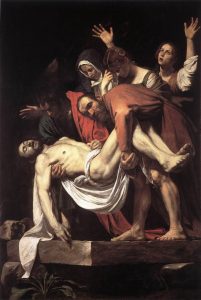 Tenebrism is a very dramatic style of art featuring a harsh chiaroscuro style as well as often evoking drama, intensity and most importantly tells a narrative. This is very present if Henson’s work with the use of black negative space and dramatic tones. There are a lot of similarities between his and Caravaggios work both visually and conceptually. Caravaggio’s work highly scandalous during his time and has been referred to as the ‘succès-de-scandale’ or the ‘antichrist of painting’. His work was highly acclaimed during his early years for his high skill level and was often commissioned such as by the Contarelli Chapel in the church of San Luigi dei Francesi. The controversy came from how he would often depict religious figures in highly realistic, approachable manor, stripping the figures from a sense of power and their religious properties and instead portraying them as vulnerable, emotional and most importantly their innate human nature, this is similar to what Henson’s was displayed in his work.
Tenebrism is a very dramatic style of art featuring a harsh chiaroscuro style as well as often evoking drama, intensity and most importantly tells a narrative. This is very present if Henson’s work with the use of black negative space and dramatic tones. There are a lot of similarities between his and Caravaggios work both visually and conceptually. Caravaggio’s work highly scandalous during his time and has been referred to as the ‘succès-de-scandale’ or the ‘antichrist of painting’. His work was highly acclaimed during his early years for his high skill level and was often commissioned such as by the Contarelli Chapel in the church of San Luigi dei Francesi. The controversy came from how he would often depict religious figures in highly realistic, approachable manor, stripping the figures from a sense of power and their religious properties and instead portraying them as vulnerable, emotional and most importantly their innate human nature, this is similar to what Henson’s was displayed in his work.
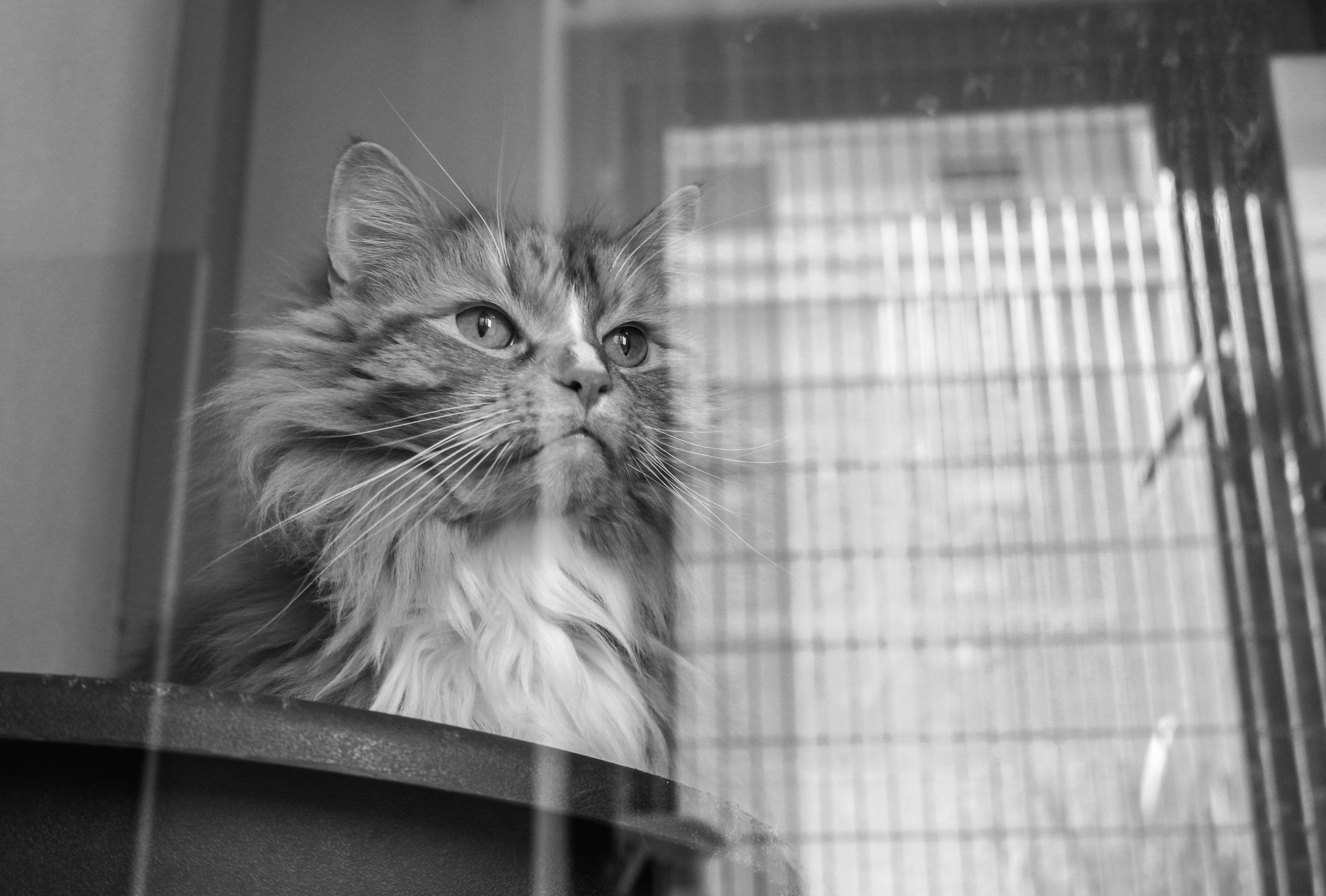








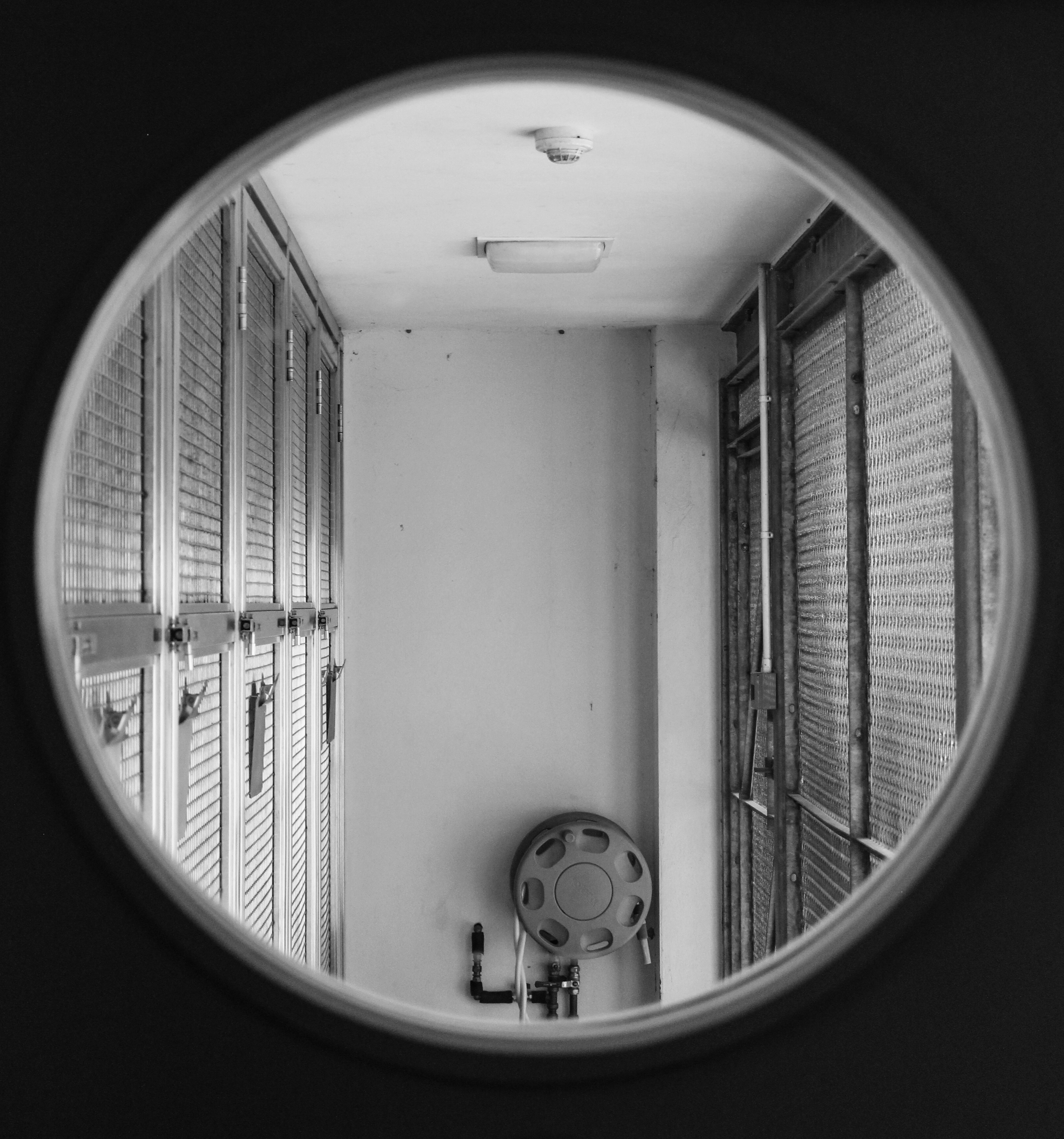
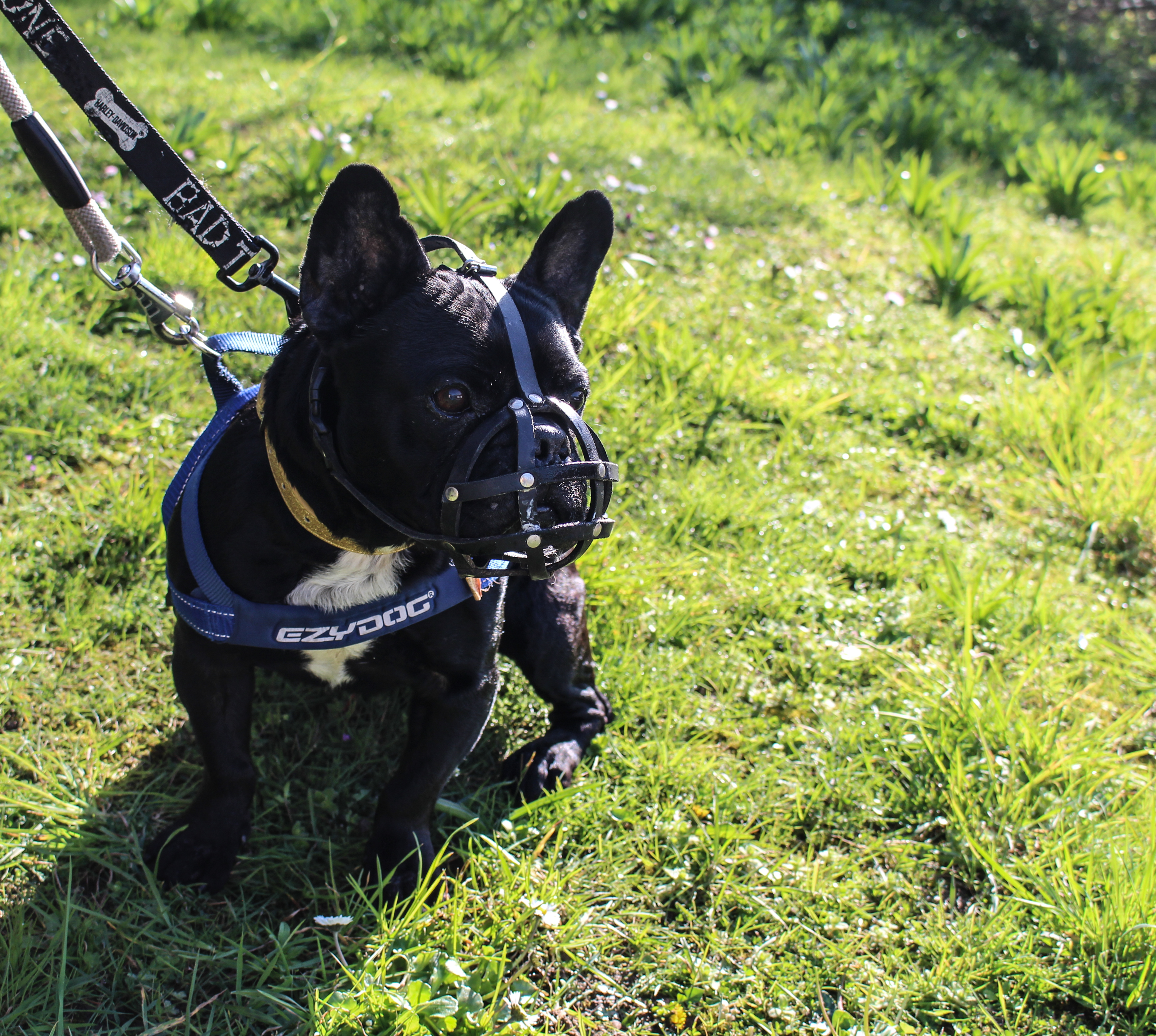

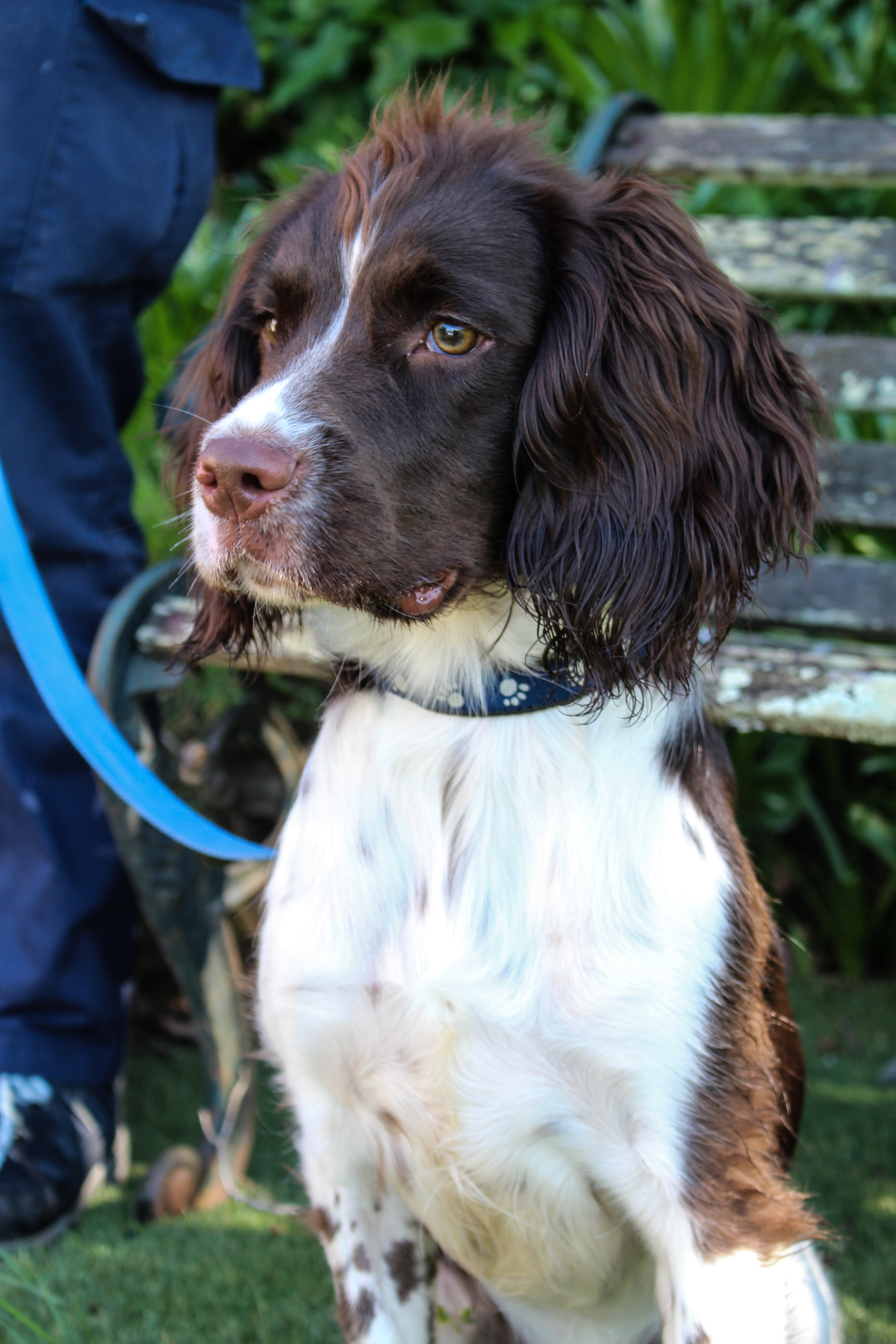


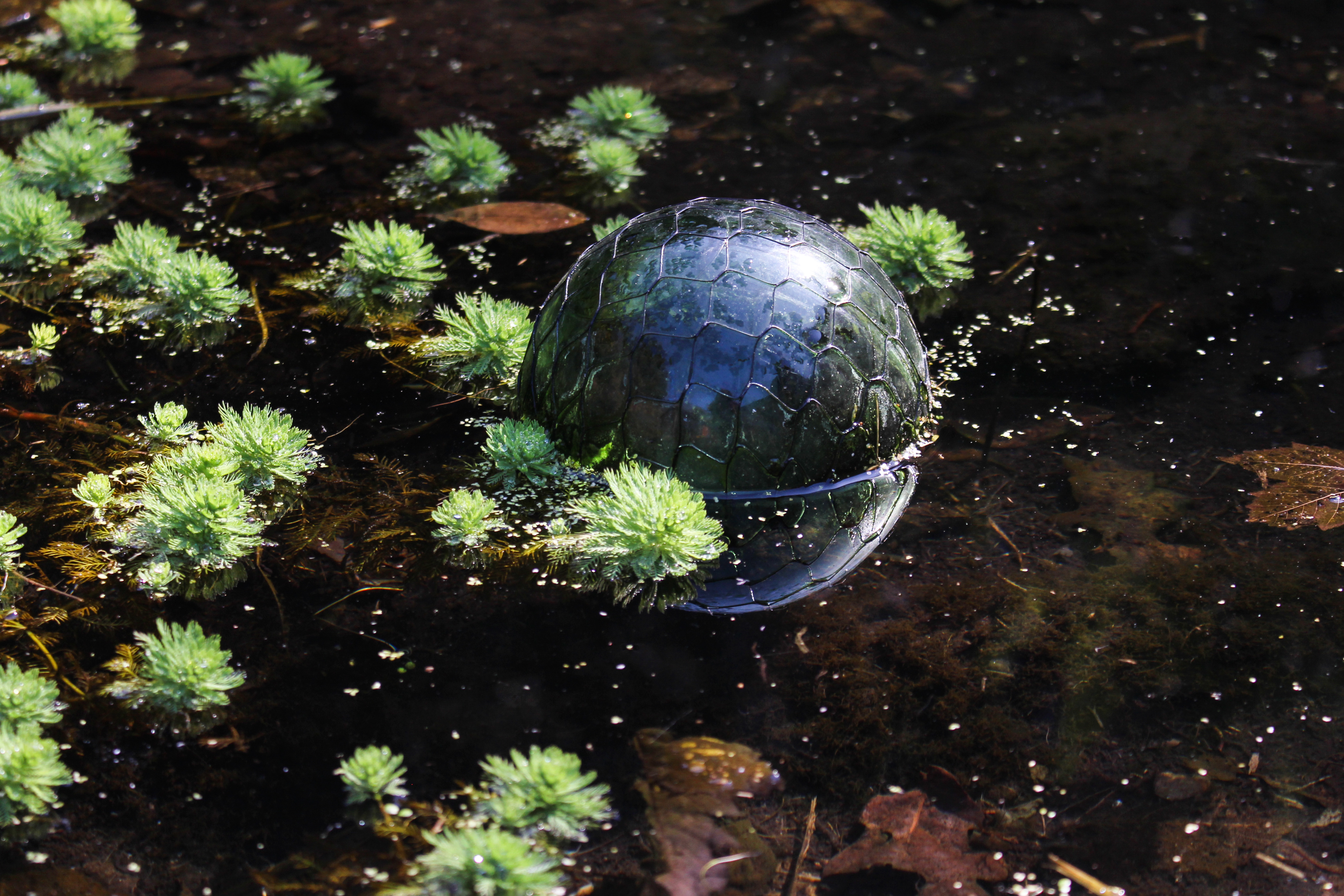


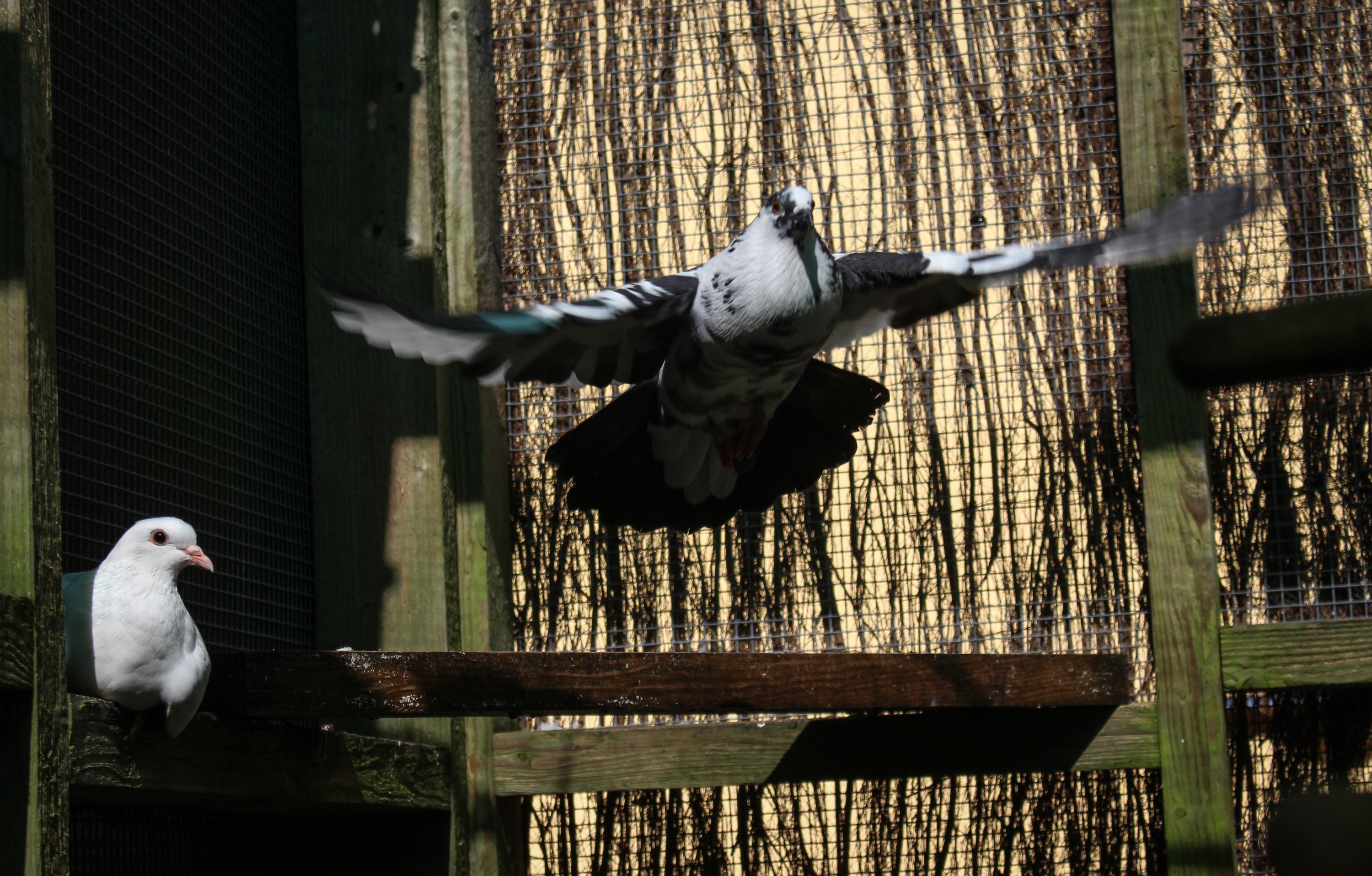
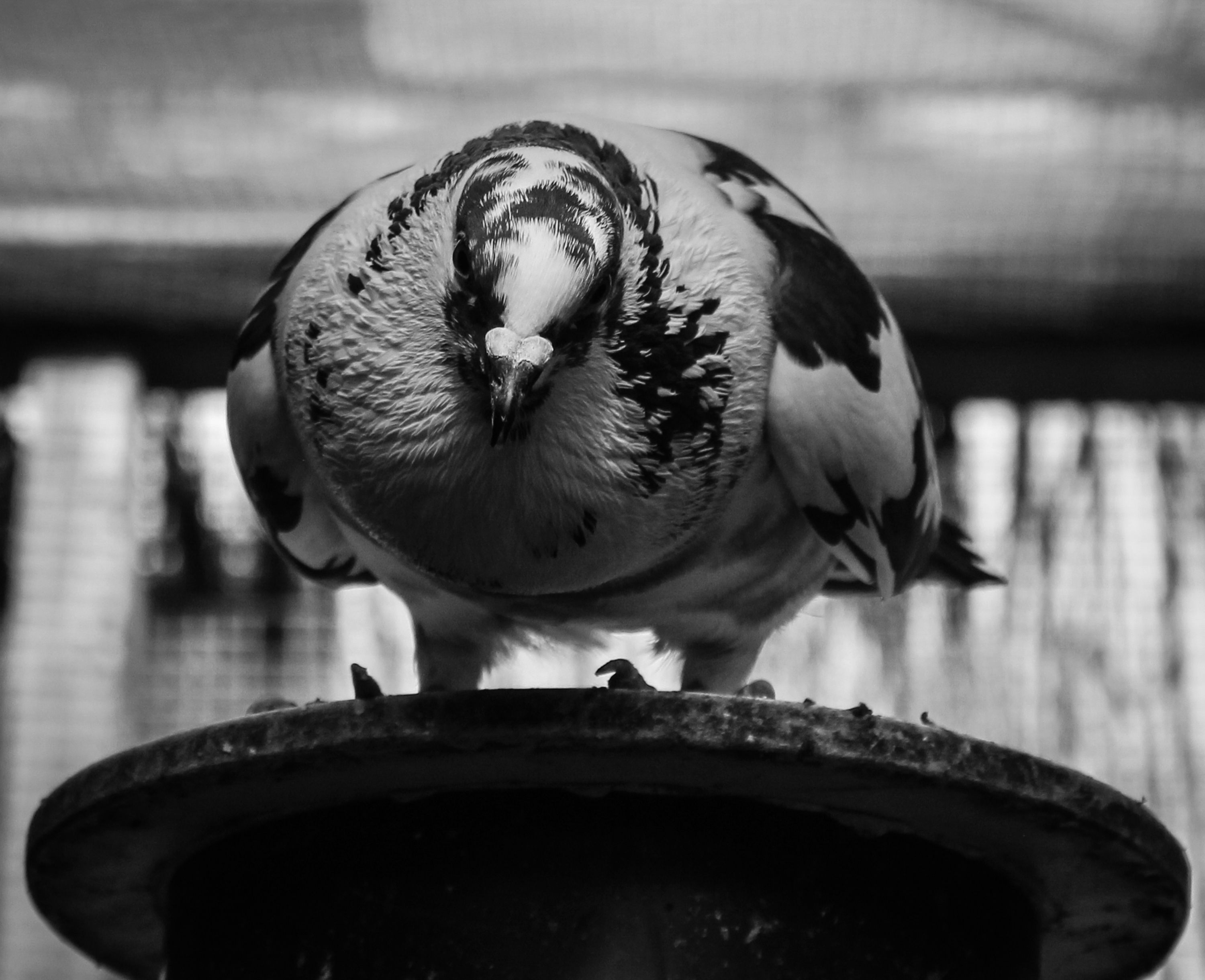

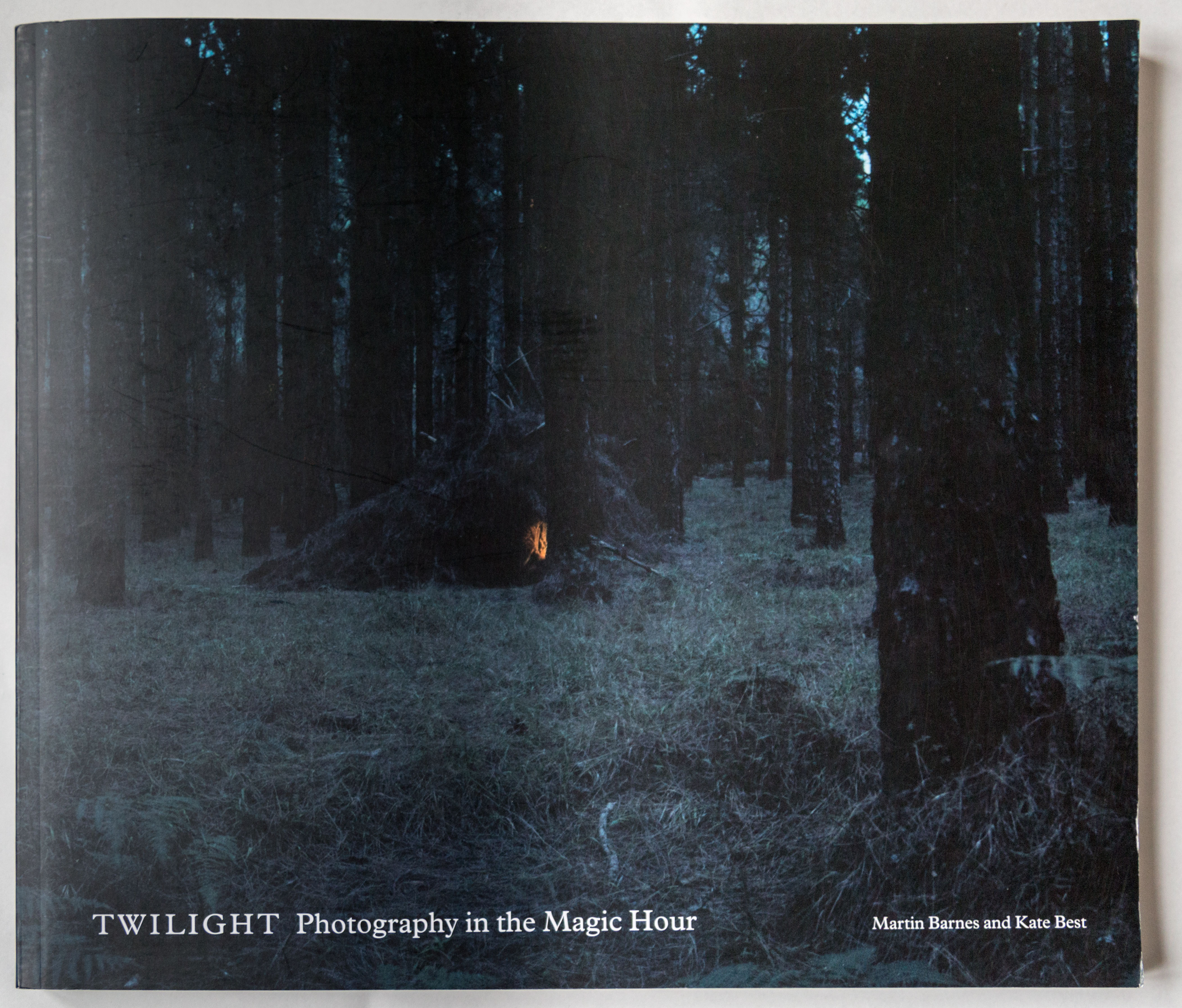






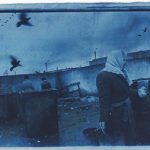



 The first essay, The Gloaming by Martin Barnes, discusses the history of twilight photography and how it develops and changes as well as the pioneers of this genre of photography. It discusses how technology has developed to create better and more experimental photographs exploring this subject. For example from the early years of early photography it was difficult to take a photographs with the correct exposure, often taking several ours just to take a single exposure. The essay brushed over subjects such as 19th century art, Phenomenalism and scientific observation. He also made reference to classical Romanticist painter Caspar David Friedrich who explored how natural lighting could elevate the landscape. e also discussed photography pioneers Nicéphore Niépce, Louis Daguerre and Henry Fox Talbot.
The first essay, The Gloaming by Martin Barnes, discusses the history of twilight photography and how it develops and changes as well as the pioneers of this genre of photography. It discusses how technology has developed to create better and more experimental photographs exploring this subject. For example from the early years of early photography it was difficult to take a photographs with the correct exposure, often taking several ours just to take a single exposure. The essay brushed over subjects such as 19th century art, Phenomenalism and scientific observation. He also made reference to classical Romanticist painter Caspar David Friedrich who explored how natural lighting could elevate the landscape. e also discussed photography pioneers Nicéphore Niépce, Louis Daguerre and Henry Fox Talbot.



